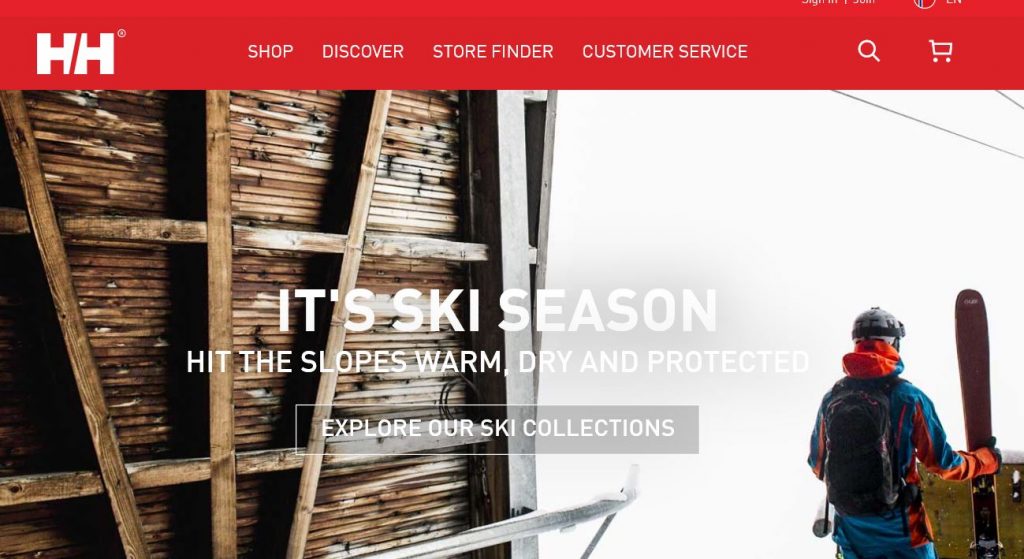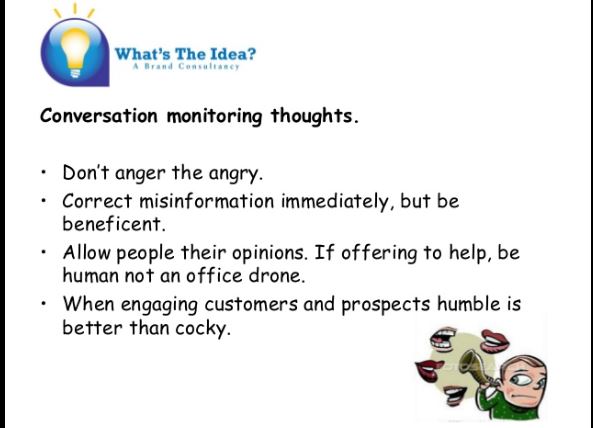Don’t Rage, Out-Think The Machine.
Farhad Manjoo, The New York Times tech writer, wrote today “Thanks to automation we now make 85% more goods than we did in 1987, but with only two-thirds the number of workers.”
Well, automation has had a profound effect on the advertising business too. Specifically Google and programmatic ad buying. The algorithm (Google) and ad buying servers that issue media bids in microsecond have removed thousands of people from the business of creating and placing ads.
These two automation facts are not alternative.
So what must we do to slow the robots? It’s going to be hard to out-think them. But perhaps we can out-emotion them. Out-strategize them. There’s a saying I like to trot out every once and a while “Just when you think you know something about this business, someone comes along and proves you wrong.” Why is that? Because intuitive rules don’t always work. Science says they should, but people don’t buy that way. People are people. We’re random.
So don’t worry about the robots, worry about your buyer. Engage them in new and exciting ways, and you will outlive the machine.
Peace.



